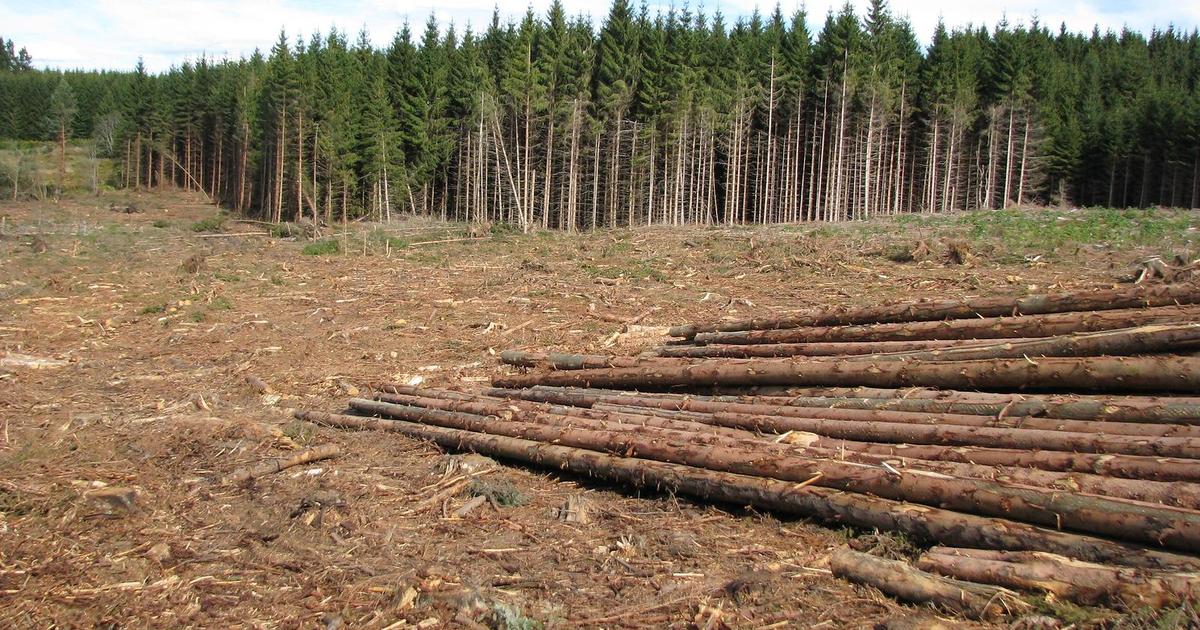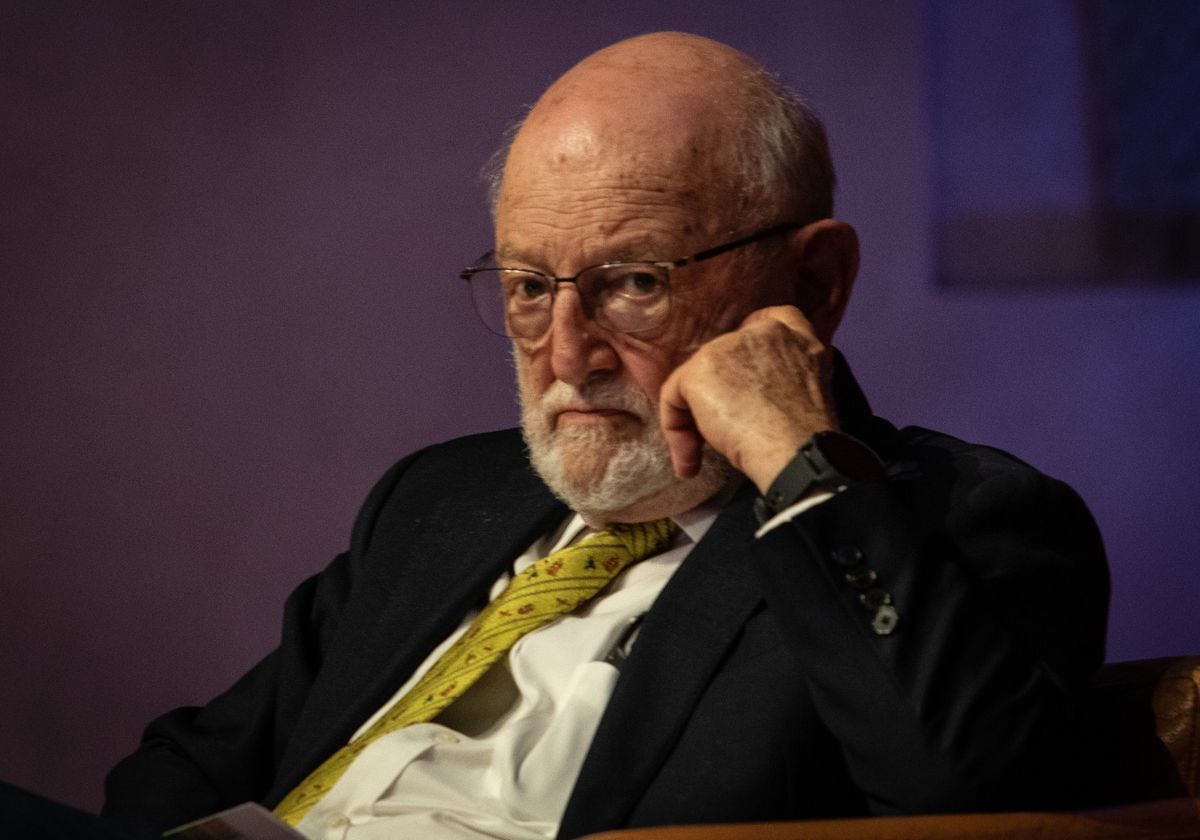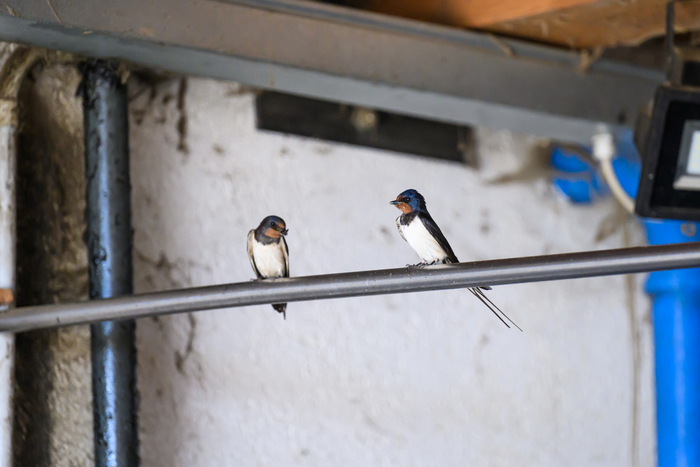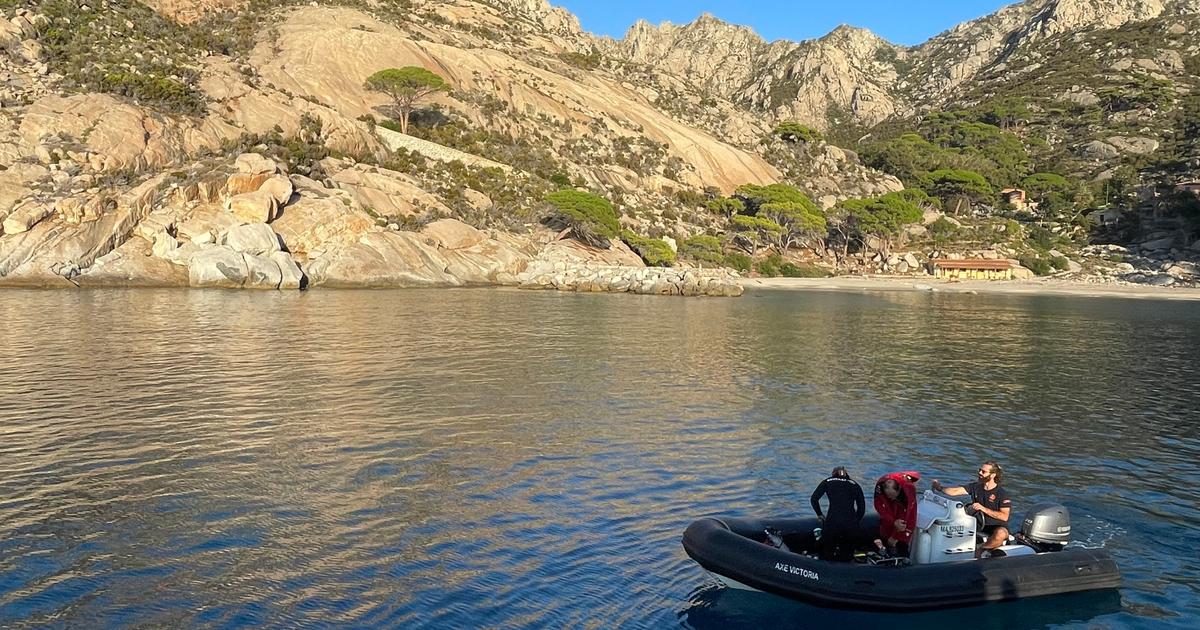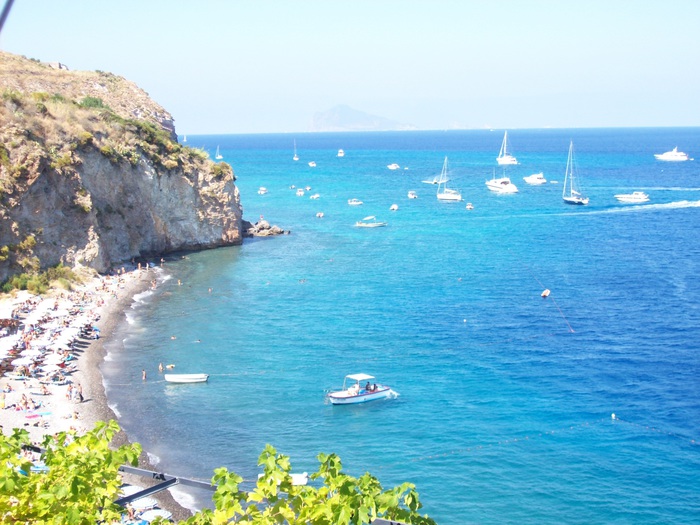Ferréol Delmas is the managing director of the think tank “Responsible Ecology” and was a member of a French-speaking delegation to the UN COP15 on biodiversity in Montreal. Sébastien Laye is an entrepreneur and research director in economics at the Thomas More Institute.
The United Nations Conference on Biodiversity - the famous COP15 - which took place in Montreal from December 7 to 19, has the potential to be a real catalyst for the preservation of biodiversity.
Less known than the Conference of the Parties (COP) on climate, COP15 focuses on the living world through the Convention on Biological Diversity (CBD).
Representatives of 190 countries at this event had to negotiate to arrive at a common treaty to be adopted on the subject of the conservation and sustainable use of biological diversity.
In order to understand the global situation, it should be noted that this post-2020 global biodiversity framework will be the first adopted since the Aichi Biodiversity Targets (plan for 2011-2020).
Already, at COP10 in Nagoya, Japan, in 2010, governments committed to achieving these 20 Aichi Biodiversity Targets by 2020. These include, for example, reducing half the loss of natural habitats and to implement sustainable consumption and production plans.
But according to a report by the Convention on Biological Diversity (CBD) for 2020, none of these targets have been fully met.
One million species are now threatened with extinction, with some scientists even speaking of the 6th mass extinction.
Ferréol Delmas and Sebastien Laye
December 2022, founding act?
In this respect, COP15 is a bit of a last chance COP.
First of all, because it has never been so urgent to fight against the loss of biodiversity.
The extent of animal and plant species losses in recent decades is the largest since human civilization, and approaches the last major disappearances at the end of the Ice Age.
One million species are now threatened with extinction, with some scientists even speaking of the sixth mass extinction.
A study by researcher Gerardo Ceballos, in 2017, on the evolution of the populations of 27,600 species of terrestrial mammals, birds, reptiles and amphibians, noted that 32% of these vertebrates should disappear.
Similarly, according to a report by IPBES (Intergovernmental Science-Policy Platform on Biodiversity and Ecosystem Services), in Europe and Central Asia, 42% of terrestrial animals and plants, 71% of fish and 60% of amphibians have recorded a decline in their populations over the past decade.
This very worrying situation has an impact on human life: the existence of humanity depends on clean air, food and a livable climate, all of which are regulated by the natural world.
A healthy planet is also a
sine qua non
for the resilience of our economies and the generation of GDP.
By defending biodiversity, we thus defend a rooted vision of man who is the fruit of a history and the bearer of the soul of his territory.
Ferréol Delmas and Sebastien Laye
The flagship measure of this COP, the one that unleashed passions and discussions, in the meeting but also in the corridors, focused on the “30x30” plan.
Among the twenty objectives discussed, this is the most important: it would be a question of placing at least 30% of the land and seas of the globe under minimum legal protection by 2030. In very concrete terms, it would be almost impossible to touch these spaces to recreate or preserve ecosystems.
This ambitious measure would make it possible to develop a new relationship with ecology, that is to say, conceptually, with the science that studies the interactions of living beings with each other and with their environment.
This sanctuary of part of the planet is probably the best solution in terms of biodiversity.
We could rediscover an ecology of beauty that preserves our urban traditions and our landscapes.
By defending biodiversity, we thus defend a rooted vision of man who is the fruit of a history and the bearer of the soul of his territory.
Heirs to the thoughts of personalities like Thoreau in the United States, or in France the philosopher Simone Weil or even Denis Tillinac, the defense of species and the preservation of a way of life goes through the maintenance of ecosystems, by “rooting”.
As such, the book
Les enfants du Marais
by Georges Montforez, published in 1958, is a eulogy to the ecology of beauty that can inspire a new generation of initiatives in terms of biodiversity.
It tells the story of the destruction of a rural space in deep France to make way for soulless pavilions.
This reality, already described in the book
Éloge à la terre
by Bérangère Thomas, in which
"the eyes of the poet collide with a society that places a sarcophagus of concrete and bitumen on the cities and on the countryside"
must now be heard in international level.
SEE ALSO
- Davos: "Cooperation in a more fragmented world" is the theme of the debates this year, notes Fabrice Nodé-Langlois


